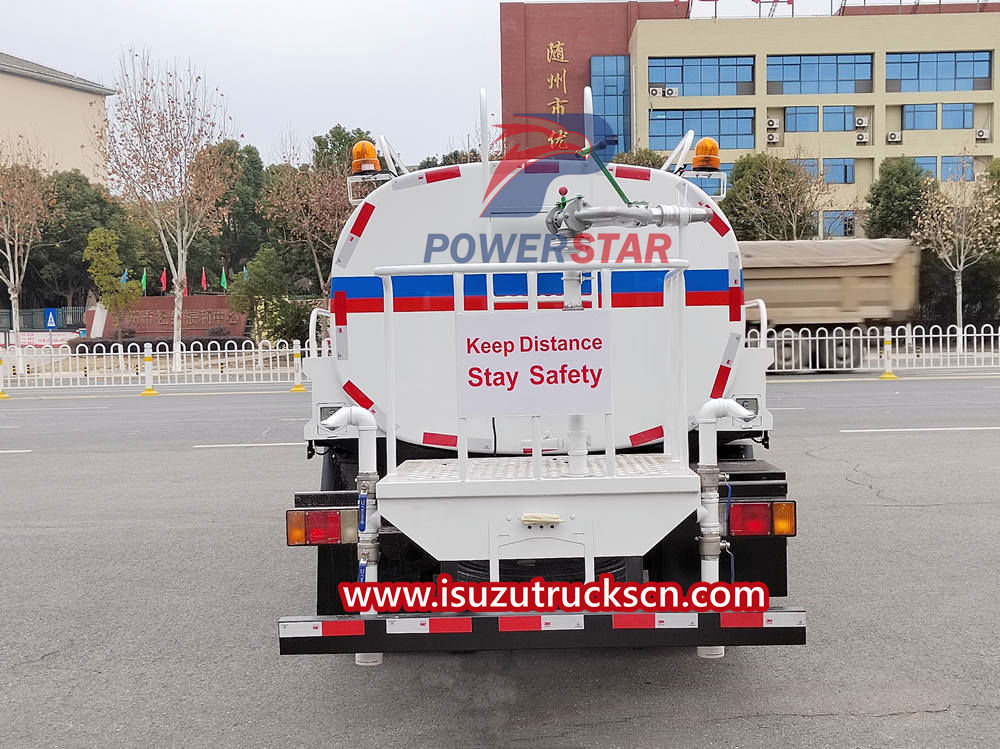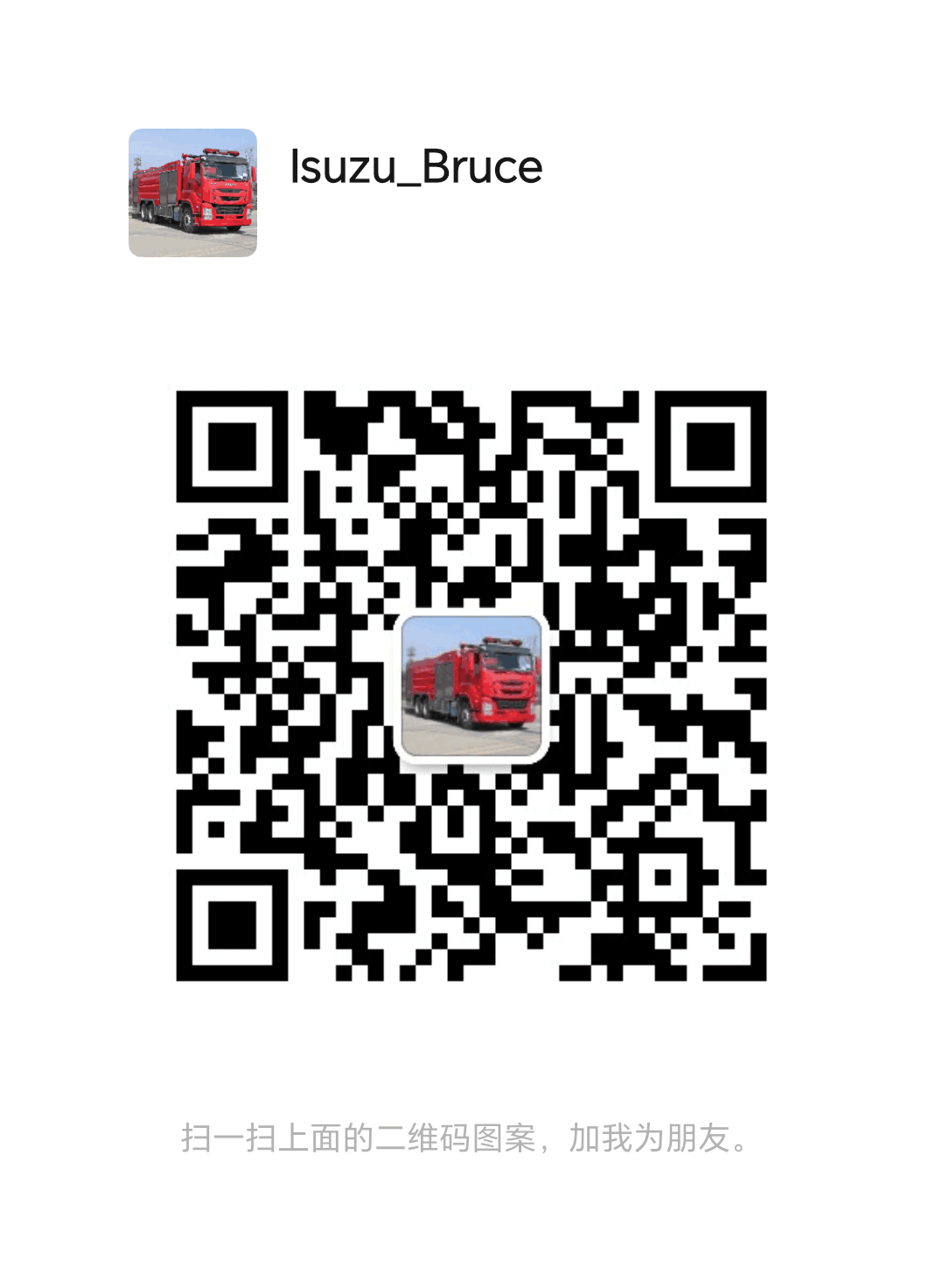


The Isuzu sprinkler truck is a special vehicle commonly used for road cleaning, irrigation and environmental protection. Isuzu sprinkler truck are usually used for road cleaning, irrigation, dust suppression, construction site dust reduction and other environmental protection and urban management work. The self-priming pump of the Isuzu sprinkler truck is an important part of ensuring water supply. During use, the self-priming pump may experience various failures, affecting the normal operation of the sprinkler truck. The following is the analysis and solutions to common faults of the self-priming pump of Isuzu sprinkler truck.
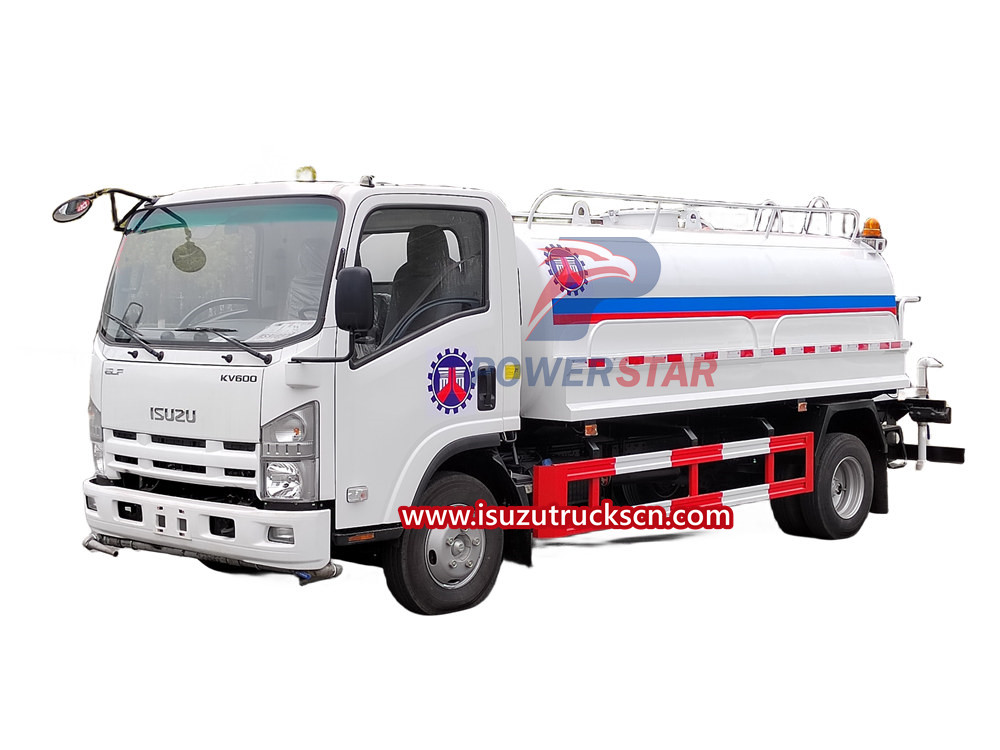
1. Motor part:
1). No response after turning on the power:
When the Isuzu sprinkler truck self-priming pump does not respond after being connected to the power supply, it may be due to a short circuit in the power plug, power lead wire or motor winding. The above sections need to be checked and repaired.
2). Difficult to start or unable to start, accompanied by a "buzzing" sound:
If the motor is difficult to start or makes a buzzing sound after starting, the starting capacitor or starting winding may be damaged. You can check by turning the fan blades. If the motor still does not start, it may be mechanical damage to the motor and pump head, such as bearing damage or impeller stuck.
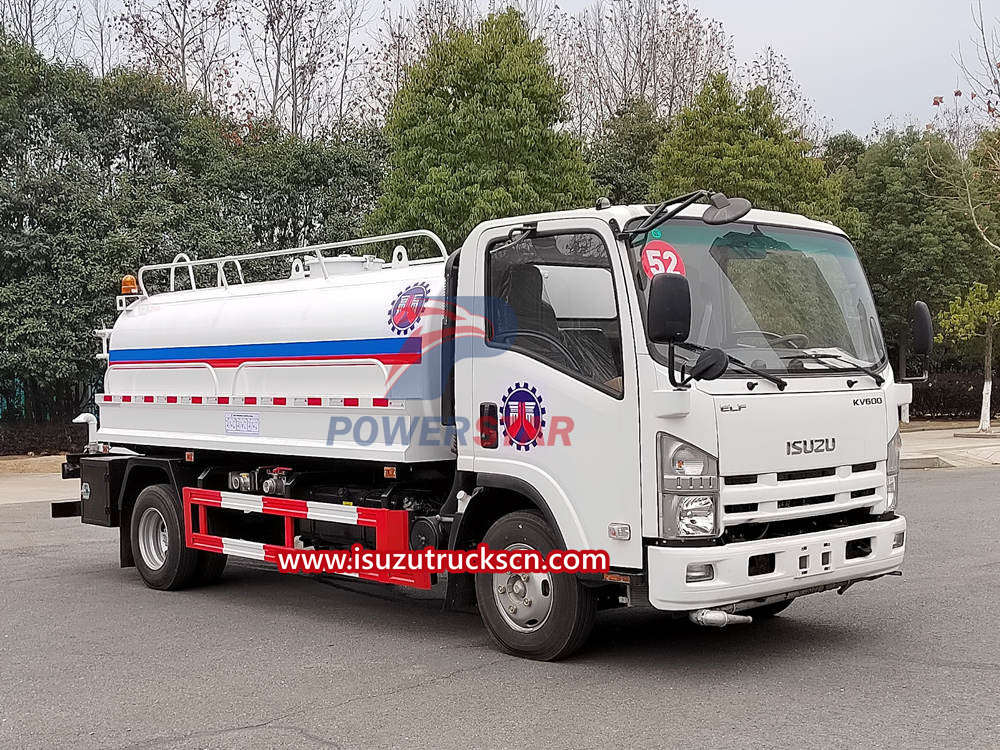
3). The motor runs slowly, the casing is overheated and has a burning smell:
This condition is often caused by a short circuit in the motor windings. The motor needs to be disassembled for inspection, and repair measures such as welding, jumpering, isolation or rewinding should be taken to address the damage.
4). Loud noise and obvious vibration during operation:
It is usually caused by damaged bearings or improper coordination between the bearings and the casing. The motor needs to be disassembled for inspection. If the bearing is found to be damaged, it should be replaced in time. Pay attention to removing the remaining copper blades in the pump to avoid damaging the new impeller again.
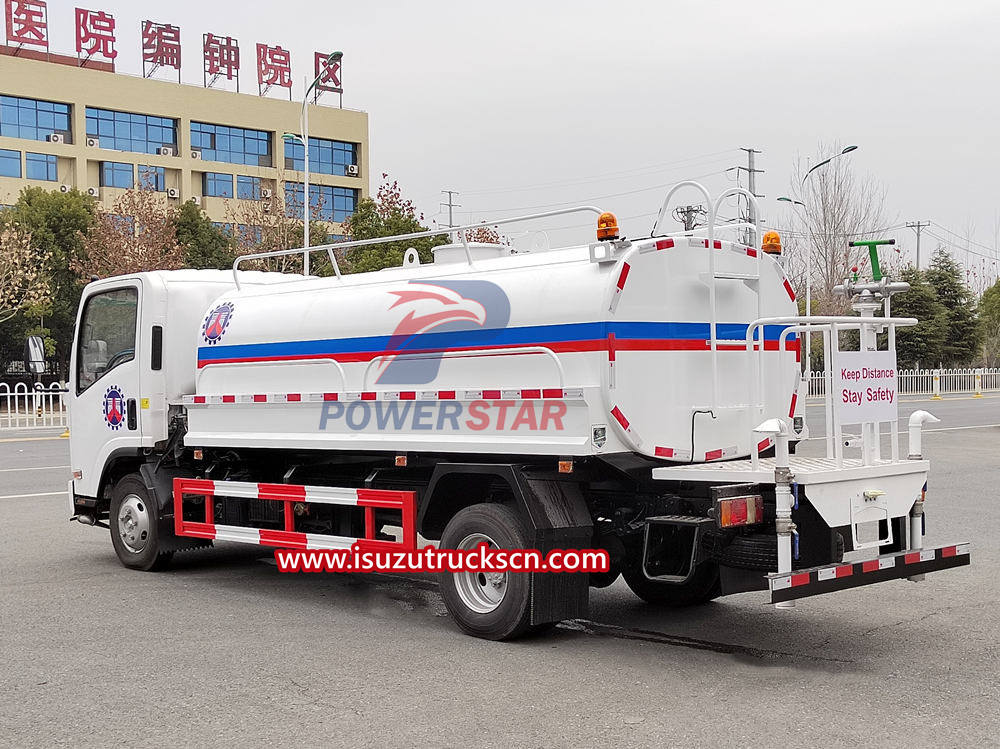
2. Isuzu sprinkler truck pump head part:
1). The motor is running normally but the water output is small or no water at all.
In this case, you should first check the seal of the water pump of the sprinkler truck. During the inspection, you should first unplug the power plug, block the water suction port with your hand, fill the water pump with water, hold the outlet with your mouth and blow hard in, and observe whether the pump head is leaking. , the leakage point is where the seal is damaged.
Common faulty parts include the suction port pad, water outlet pad, and impeller cover pad, which should be replaced during maintenance. If there is no full water phenomenon, it is likely that the impeller is damaged, the water barrier between the suction chamber and the water outlet chamber is corroded, the water barrier of the pump head is worn flat, the gap between the impeller and the pump casing is increased, etc. The impeller and pump casing should be replaced. . When replacing the impeller, care should be taken to completely remove the remaining copper blades in the pump to avoid damaging the new impeller again.
2). The casing is charged.
Most of them are caused by damage to the water seal. Water penetrates into the motor through the motor shaft and deteriorates the insulation performance of the motor. It can be repaired by replacing the water seal, drying the motor, etc. It should be noted that because the water pump has been in contact with water for a long time and works in the open air, it is easily affected by moisture and causes deterioration of insulation performance. In order to ensure personal safety, the self-priming pump of Isuzu electric sprinkler truck should be reliably grounded.
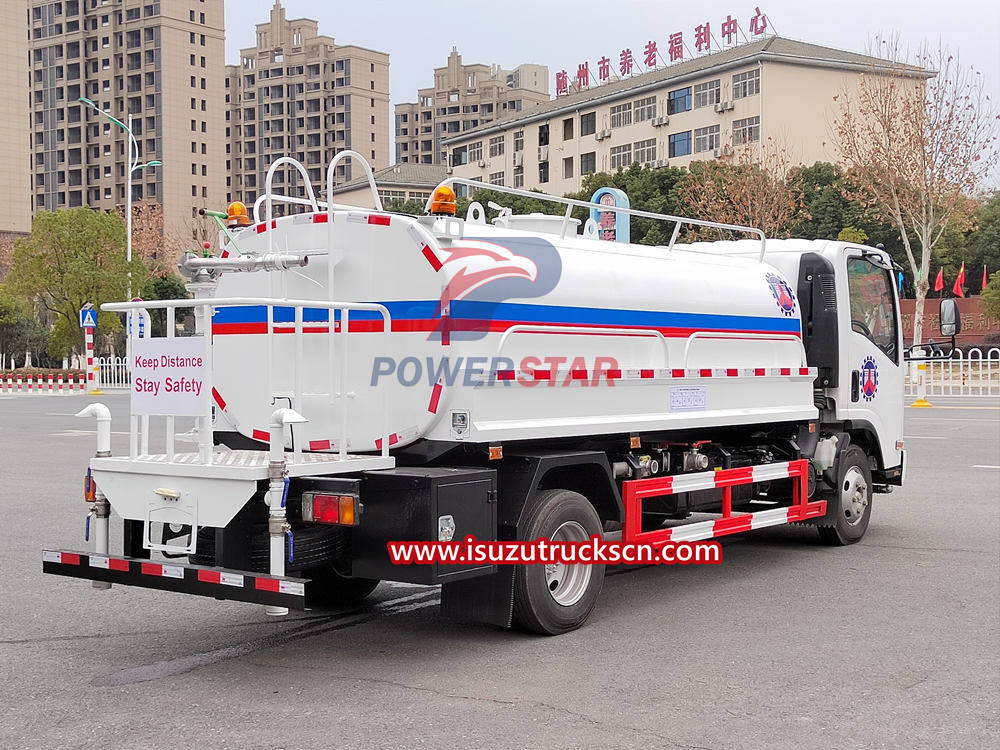
Common faults of Isuzu sprinkler trucks include the following:
1). Car chassis failure: including chassis wear, suspension system failure, braking system failure, etc. These faults may cause the vehicle to be unstable, have obvious bumps when encountering uneven roads, or cause the brakes to become insensitive.
2). Sprinkler system failure: including sprinkler pump failure, sprinkler pipe blockage, nozzle failure, etc. These faults may cause problems such as uneven watering, poor watering effect, or the sprinkler system not working properly.
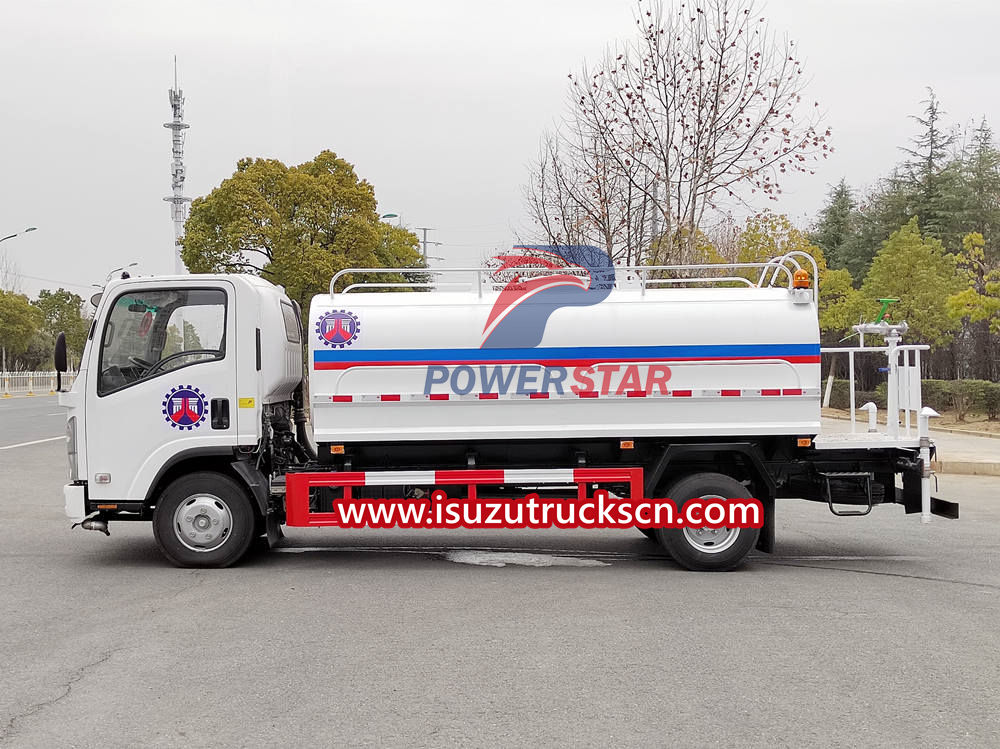
3). Electrical system failure: including lighting failure, circuit short circuit, etc. These faults may cause the vehicle's lights to fail to work properly, affecting driving safety.
4). Hydraulic system failure: including hydraulic pump failure, hydraulic pipeline oil leakage, etc. These faults may cause the hydraulic system to fail to work and affect the realization of the sprinkler function.
5). Cooling system failure: including excessive water temperature, cooling water leakage, etc. These faults may cause the engine to overheat and affect the normal operation of the vehicle.
